
Computex 2014 - Corsair
Corsair had plenty to show us at Computex this year – it's certainly going to be a very busy few months for it as it prepares everything for launch.First up were the products many people, including us, have eagerly been looking forward to getting their hands on – the RGB editions of the K70 and K95 (as well as a new RGB edition of the M65 gaming mouse). The combination of Cherry RGB switches (exclusive to Corsair) with a Panasonic controller advanced enough for digital signage applications has resulted in a gorgeous pair of keyboards that are customisable beyond anything we've ever seen.
Every single key, including the media ones, can have its backlight tuned to one of the 16.8 million RGB colours as well as ten brightness levels, using software that is vastly improved in terms of layout and functionality. You can also program various wave and breathing patterns and save your arrangements into profiles, which can be saved to the keyboard – only one can be saved to the K70 RGB, but three at once can be used with the K95 RGB since it has three onboard profile switching buttons. However, with both boards you can use multiple profiles through the software, which can auto-switch between them when you launch different applications. Furthermore, you can reassign each key's function to that of another or to a macro, meaning that the K70 has gone from having zero macro functionality to having more than the vast majority of keyboards available.
The switches themselves have a transparent base with the LED embedded inside, which leads to a much more even lighting of each key than other mechanical backlit boards. Corsair will be launching the boards with red switches first, with blue and brown to follow. Pricing is at $160 for the K70 RGB and $190 for the K95 RGB, and the keyboards should launch in early August.
Corsair also had three new cases on display: the Graphite 380T, Graphite 780T and Carbide Air 240, all of which are again looking at a late July/early August launch. The Graphite 380T is a $129 mini-ITX chassis with a built in handle, internal LED lighting and three speed fan control. It will be available in black, white and yellow, as will the Graphite 780T, which is a full tower chassis capable of accommodating both E-ATX and XL-ATX motherboards. It also has room for dual 360mm radiators and six 3.5-inch/2.5-inch drives as well as three more 2.5-inch ones.
After how much we loved the Carbide Air 540, the Carbide Air 240 is very exciting. It's a micro-ATX chassis that retains the dual chamber design whereby the motherboard and expansion cards are placed in one that's viewable through a large window while the PSU and hard drives, as well as the mess of cables that comes with them, are hidden away in the second. The motherboard chamber can house dual 240mm radiators (one top, one front), and a third can be fitted in the bottom mounts if you opt for a mini-ITX build. Also, thanks to removable feet and a rotatable front logo, the Carbide Air 240 is fully rotatable, so you can position it with the window facing you regardless of whether your PC is to your left or right or below you. We can't wait to get our hands on one – it's due to go on sale in August and will retail for $90 (or $99 for the white edition).
A couple of memory samples on show indicated that Corsair will be ready to bring DDR4 to market when the X99 chipset launches.
Finally, we also saw the first edition of the HG10 GPU cooling mount, which is designed to allow you to pair AIO liquid coolers with your GPU. However, unlike NZXT's Kraken G10, the HG10 will feature direct VRM and VRAM cooling thanks to an aluminium contact plate. The downside to this is less compatibility, as Corsair will be designing each HG10 to match certain reference cards – the first one will be compatible with the R9 290X/R9 290 PCB, with a second one suitable for the GTX 780/GTX 780 Ti/GTX Titan-series cards to follow soon after. However, the company feels it's worth doing this due to the dangers of not cooling VRMs properly. As you can see, the R9 290-series HG10 retains a stock blower fan as part of its design, which you'll be able to control the speed of in the regular way. The HG10 is compatible with all exisiting Corsair Hydro series AIO coolers as well as a number of third party ones.

MSI MPG Velox 100R Chassis Review
October 14 2021 | 15:04

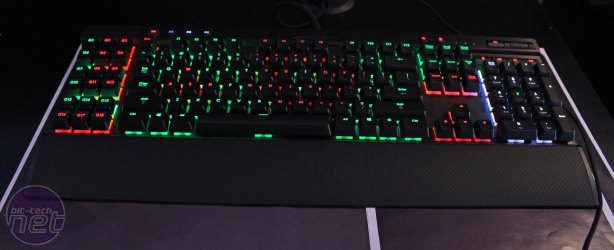
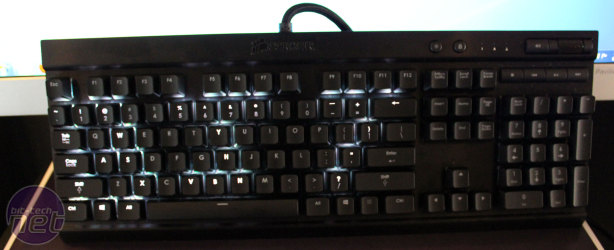
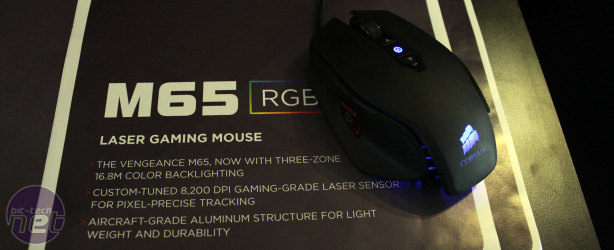
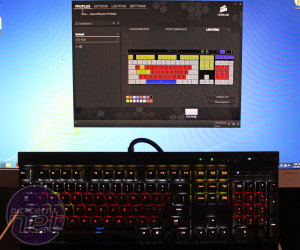

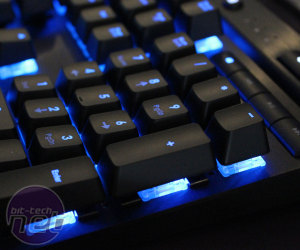
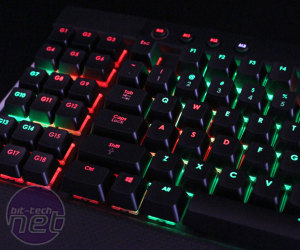
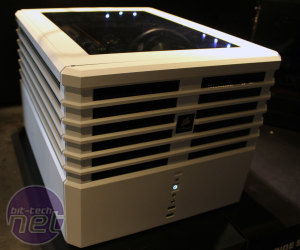

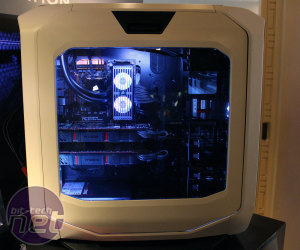
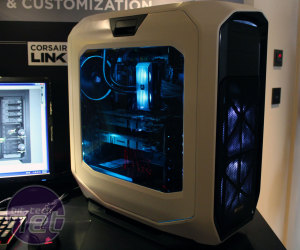
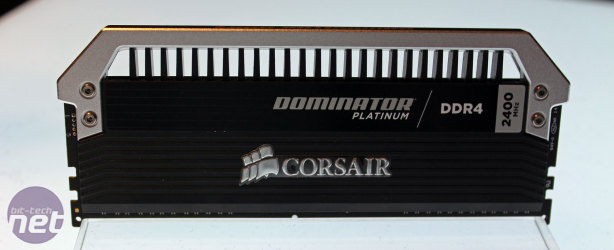
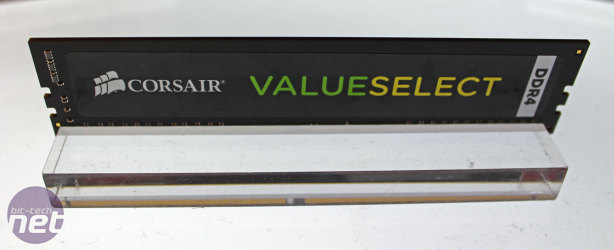

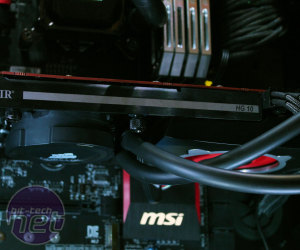







Want to comment? Please log in.